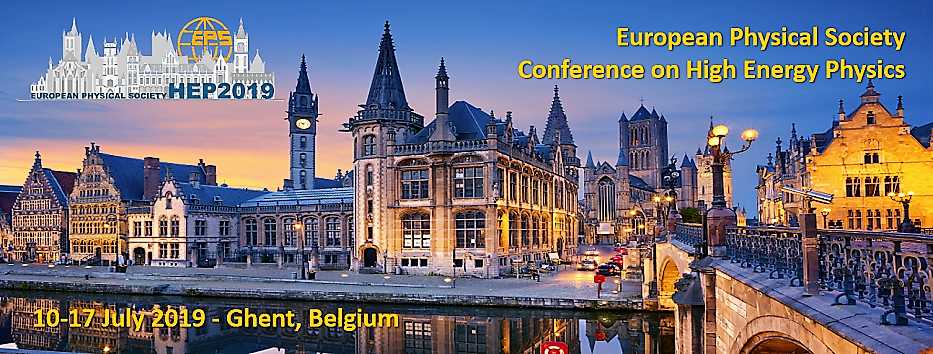Speaker
Description
We report on our study showing that heavy-flavour production at the LHC can strongly improve our knowledge of the gluon content of the heavy nuclei. We have indeed observed that the nuclear effects encoded in both most recent global fits of nuclear parton densities at next-to-leading order (nCTEQ15 and EPPS16) gives a good account of the LHC proton-lead data. Thanks to a Bayesian-reweighting analysis for each particle data sample, we have shown that the existing data on $D^0$, prompt and nonprompt $J/\psi$, and $\Upsilon$ mesons clearly points, with a minimal statistical significance of 7$\sigma$, to a gluon distribution which is shadowed at small x in the lead. As such, the inclusion of such heavy-flavour data in a global fit is expected to drastically reduce the gluon-density uncertainty down to $x \simeq 7 \times 10^{-6}$, where no other data exist, while keeping an agreement with the other data of the global fits. We also address the issue of the factorisation-scale uncertainties which is particularly relevant for the charm(onium) sector.
References:
Gluon Shadowing in Heavy-Flavor Production at the LHC
By Aleksander Kusina, Jean-Philippe Lansberg, Ingo Schienbein, Hua-Sheng Shao.
arXiv:1712.07024 [hep-ph]. Phys.Rev.Lett. 121 (2018) no.5, 052004.
Towards an automated tool to evaluate the impact of the nuclear modification of the gluon density on quarkonium, D and B meson production in proton–nucleus collisions
By Jean-Philippe Lansberg, Hua-Sheng Shao.
arXiv:1610.05382 [hep-ph]. Eur.Phys.J. C77 (2017) no.1, 1.
